Ancient Chinese Water Engineering and Modern Science at Science Museum
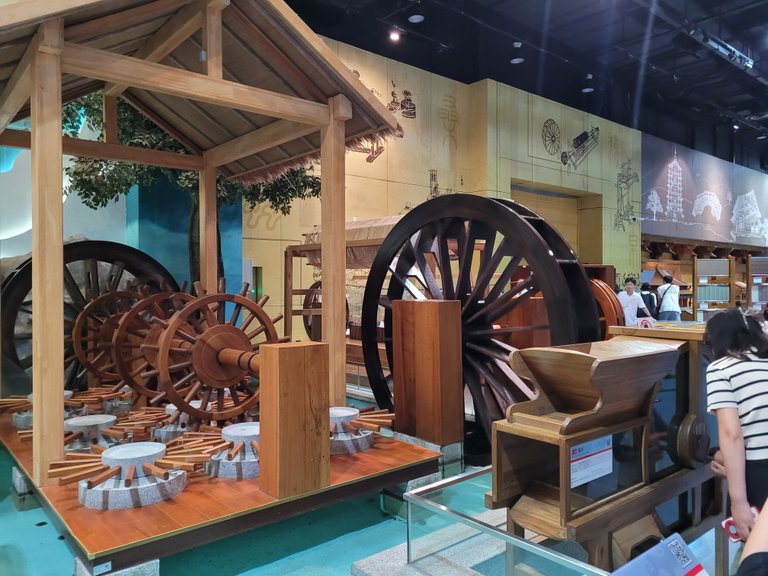
Hello, my dear Hive Friends!
After a break of a pair of weeks, I cordially welcome you to my travel stories. Traveling to new locations is always wonderful and rejuvenating for our hectic lives in the age of modern civilization. I love to travel to the mountains, lakes, woods, and picturesque spots that are connected to the natural places. I enjoy the outdoor activities in this area. It is common for a research student like me to use my time away from lab work to help my mental health.
In my regular lifestyle, I can not frequently make an effort to go to museums, which are also educational institutions where we may discover more about history and culture. This article is the second part of my visit to the China Science and Technology Museum in Beijing City It will cover the amazing water engineering sections of ancient China and the section on biological science in the modern era.


The wooden architectural history of China is really rich with their great effort for preparing paper and this is a kind of loom for making cloths. I have also seen some old cloths with gorgeous colors worn by the ancient emperors of China in some other places.
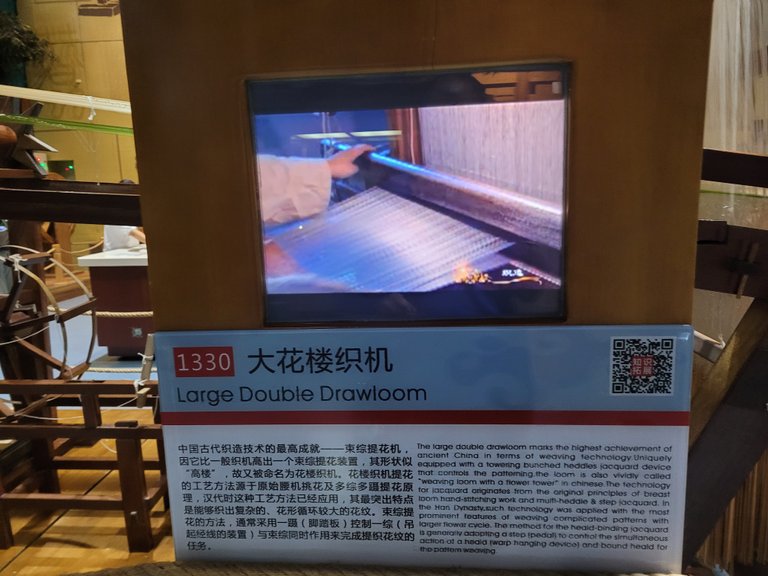

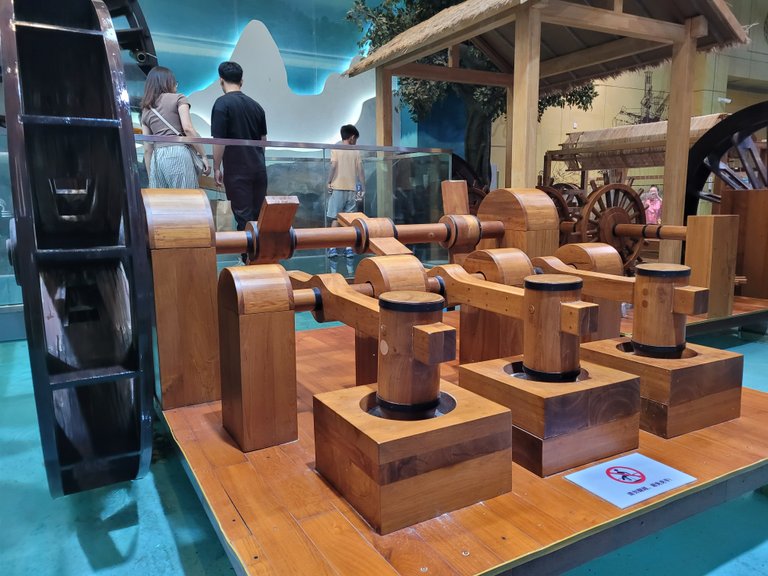
These water power hammers are also very interesting for several use cases as still in my country we use such hammers to remove the upper part of the paddy to get the cookable rice. Also, the rice from such handmade hammers is more healthy than the machine originated on as the machine removes the most fibrous part from the rice and makes it less nutritious.
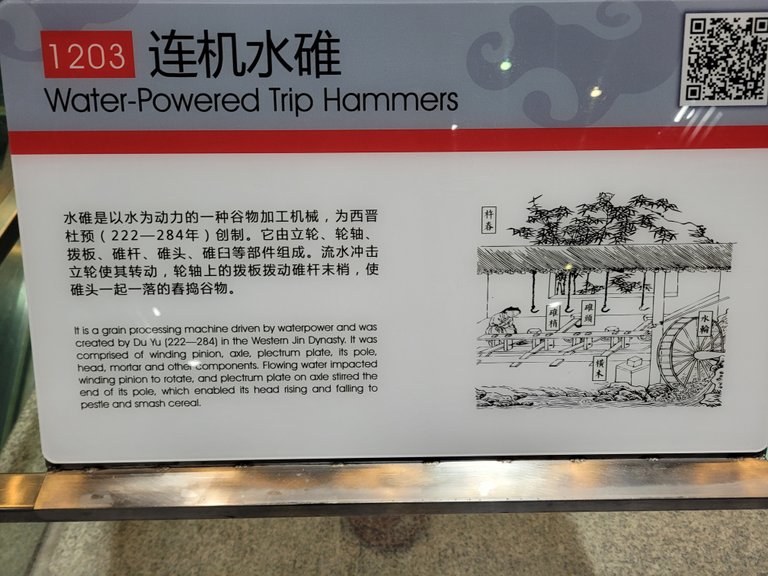
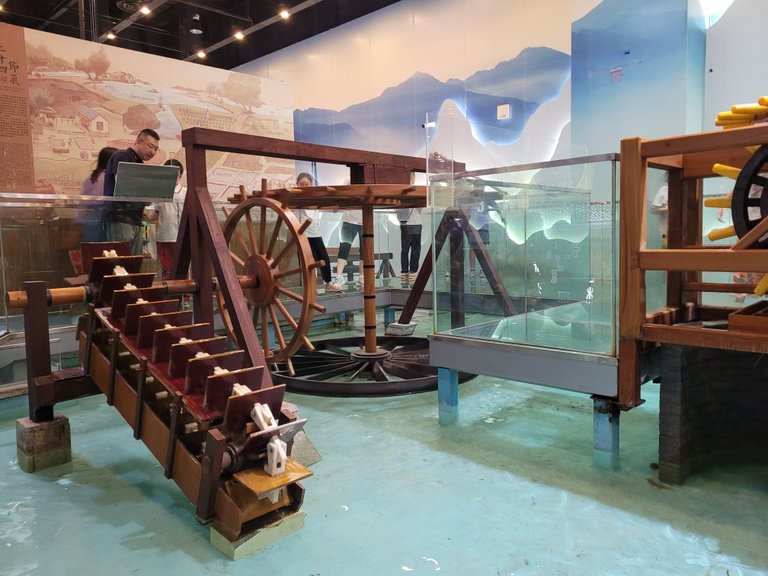
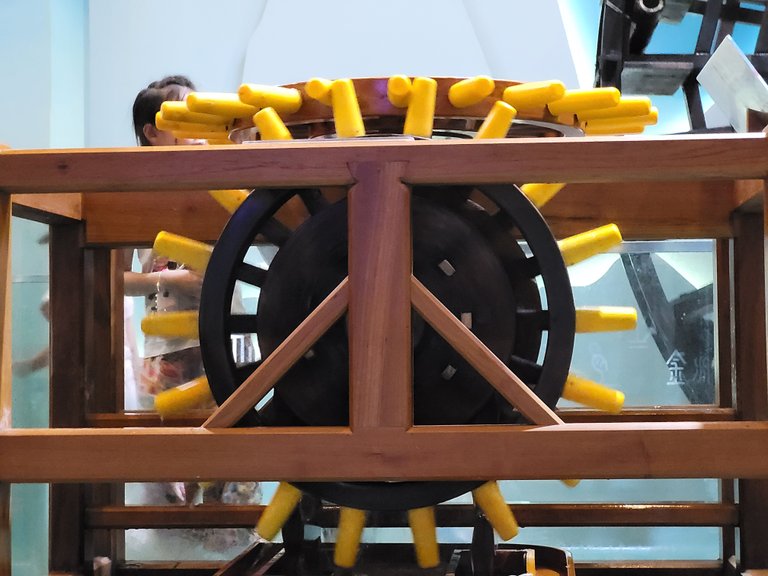
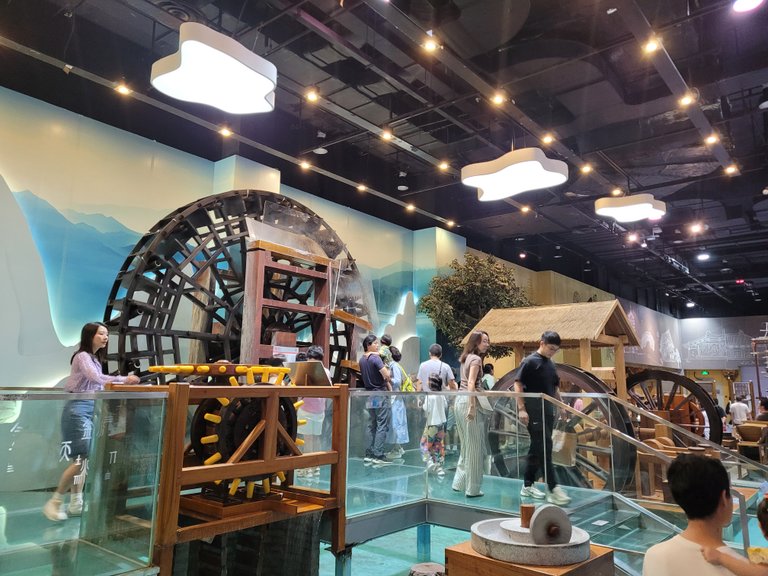
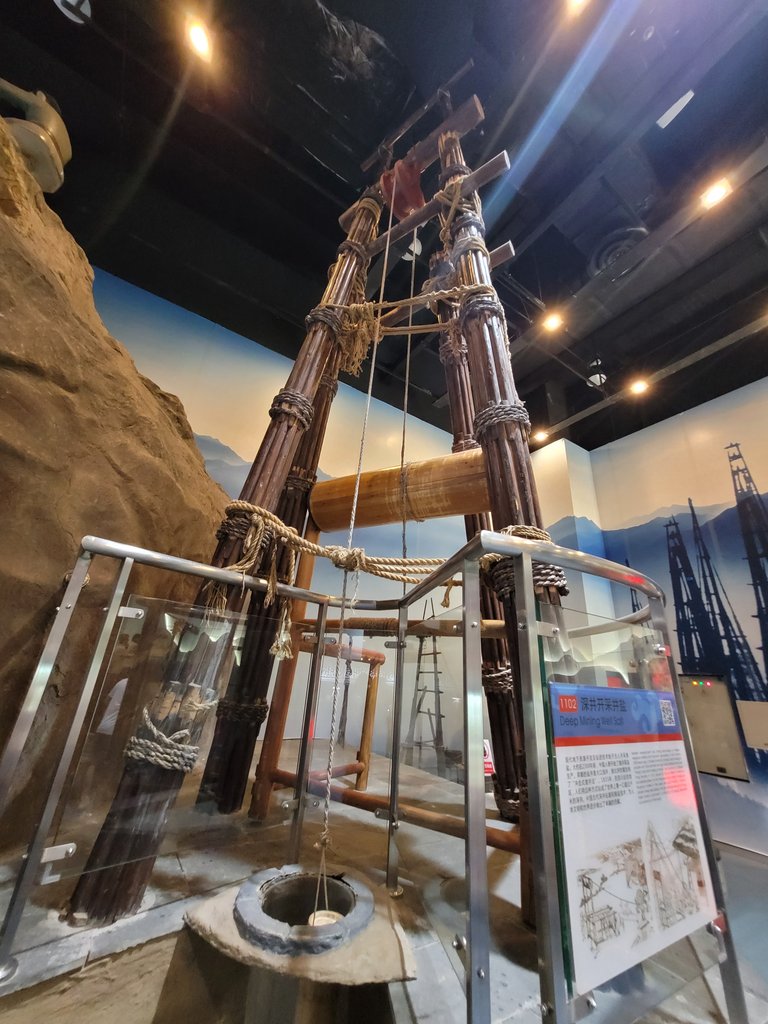
Water engineering has amazed me in the museum with so useful and some complex architectural marvel with the fascinating use of the potential energy of the water flow to use them in the daily life household purposes. From the irrigation system to hoping the fire for melting metals is really inspiring at that time to work with.
The techniques used here are very interesting as all of these technologies and engineering marvels have a great role in making agricultural life more efficient. Also, some ideas are so innovative that many of them have been adopted in the modern world to generate hydroelectricity and other ways to harvest wave energy as a blue energy research. May be in the future I will write about the p[potential of blue energy harvesting which is a dream for many scientists around the world.
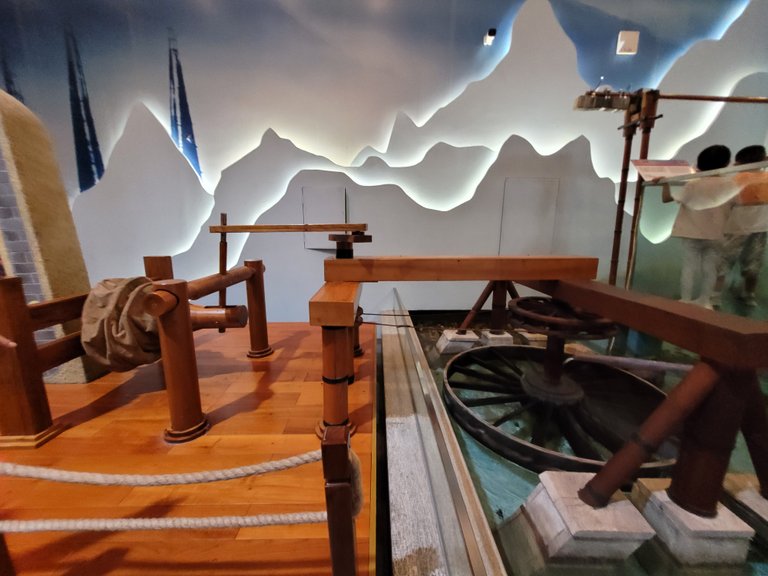


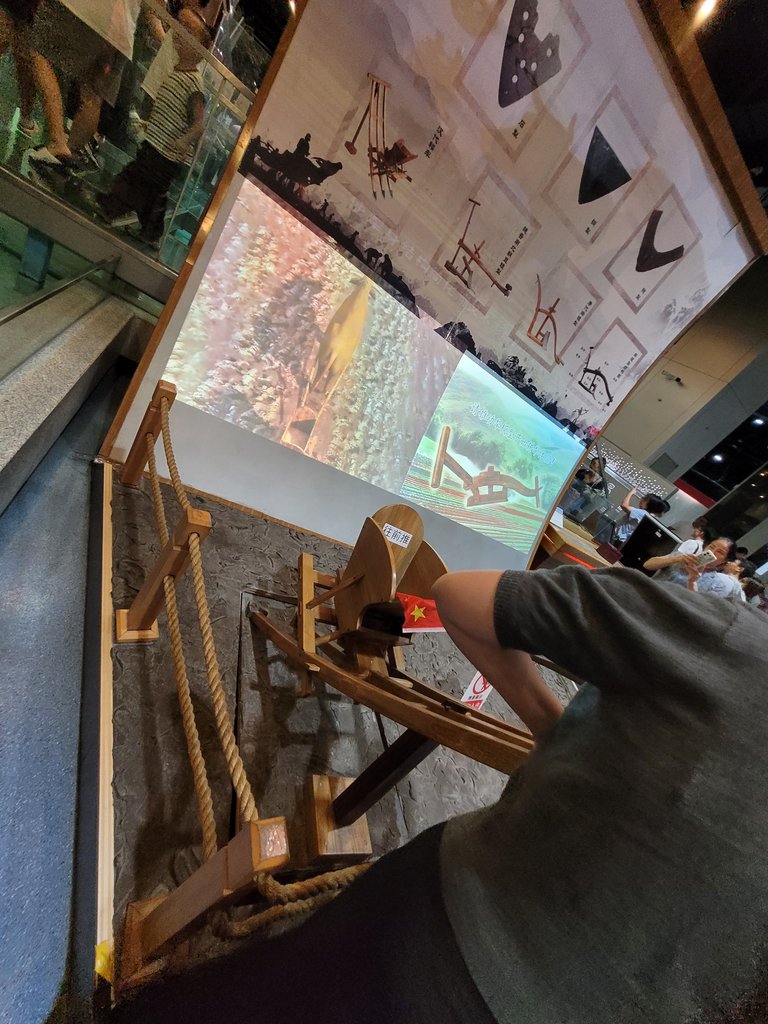
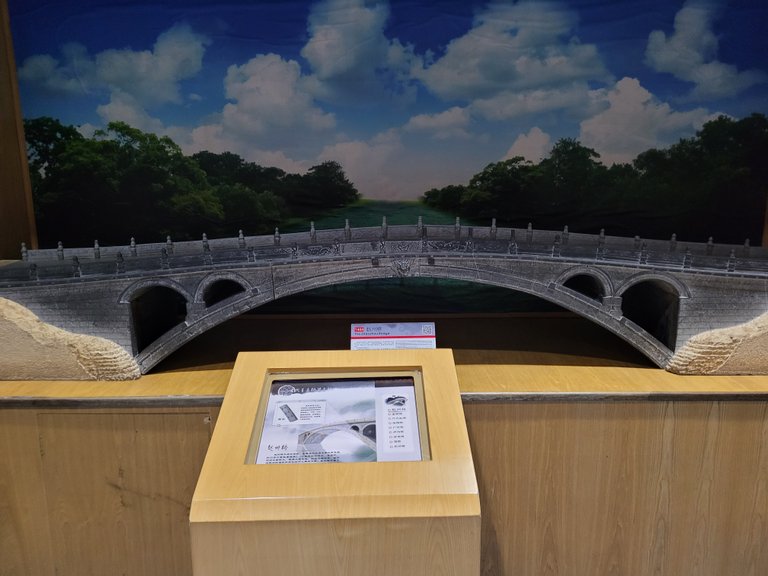
This is one of the common river or canal bridges that can be seen all over China in ancient China. I have explored such bridges in many tourist spots in several provinces and regions such as Shanghai, Nanjing, and Beijing.
Besides the water and wooden engineering section, I have visited the animal science section where the basic facts about our life are explained with many images and animation. Though I have not covered all those things as I have learned them in middle school but the area is very interesting for the kids who are really fascinated by these information about human life on earth.
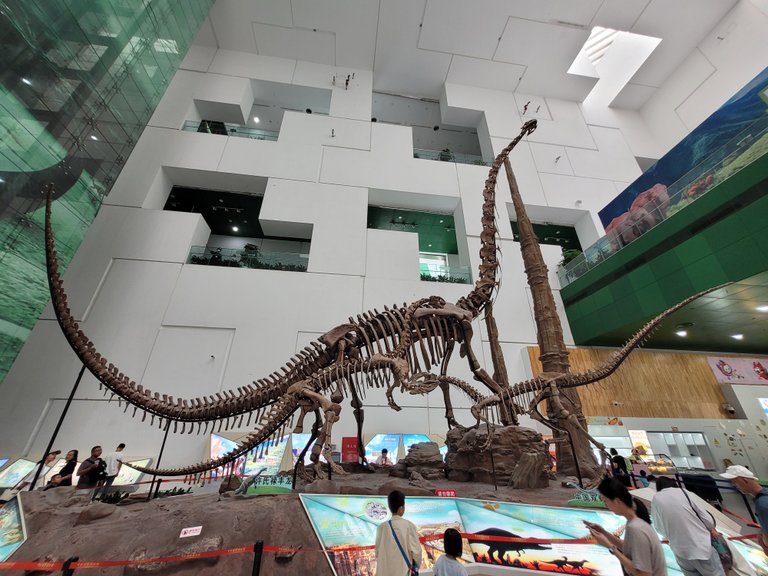

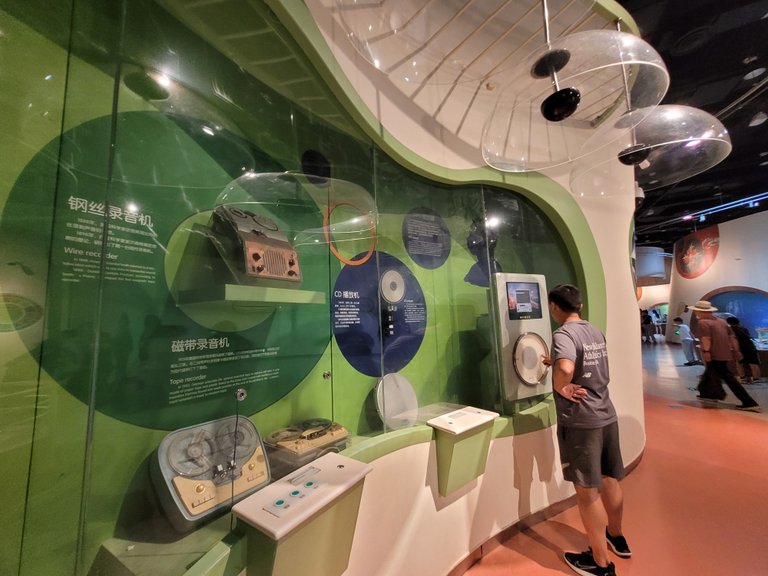
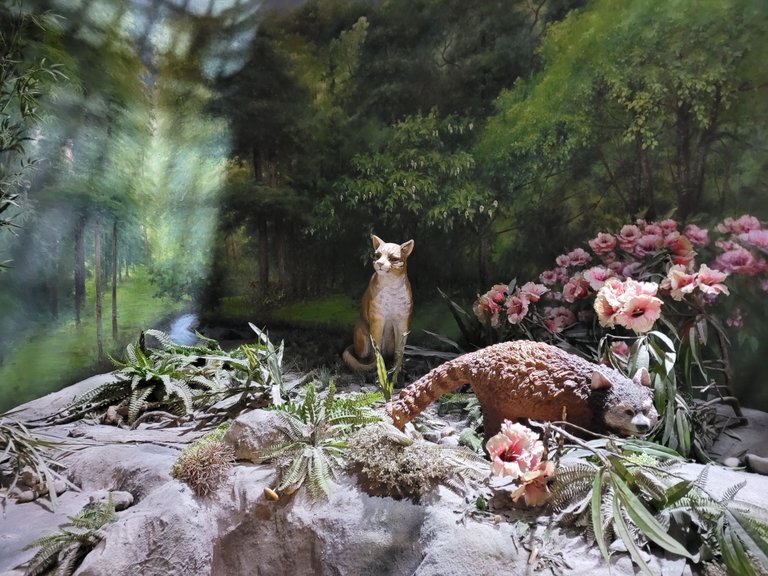
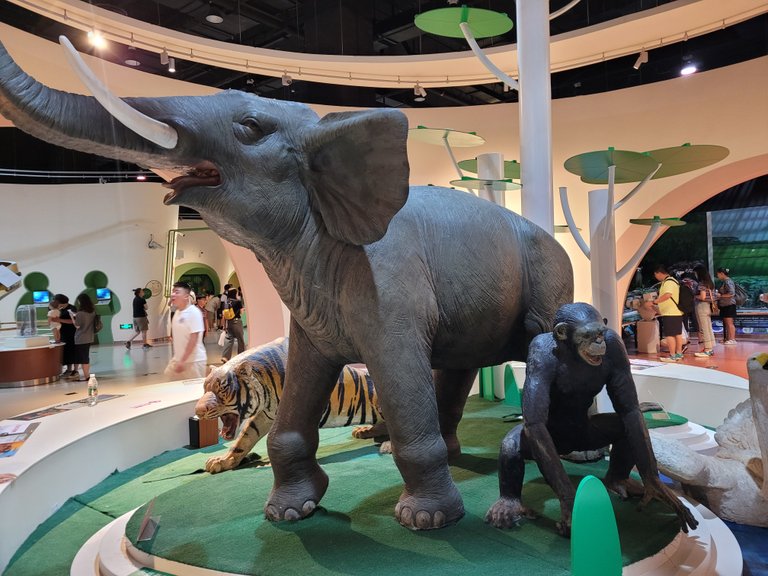

The section with human bodies and their organs was a colorful one as the upper picture where different types of cells are visualized perfectly to let the visitors know what it looks like and the colorful presentation with some important facts make the sections very useful for the kids and for the visitors who love to learn these basic things.
Besides, human science, there are all the sections about the other kingdoms of animals and microscopic animals or life also to learn the diversity of our animal kingdom. But I think there is no section regarding the botanical kingdom as that has also a huge area of knowledge. But it is true that it is not possible to cover everything here as for those things, there are separate museums or botanical gardens to lean about them.
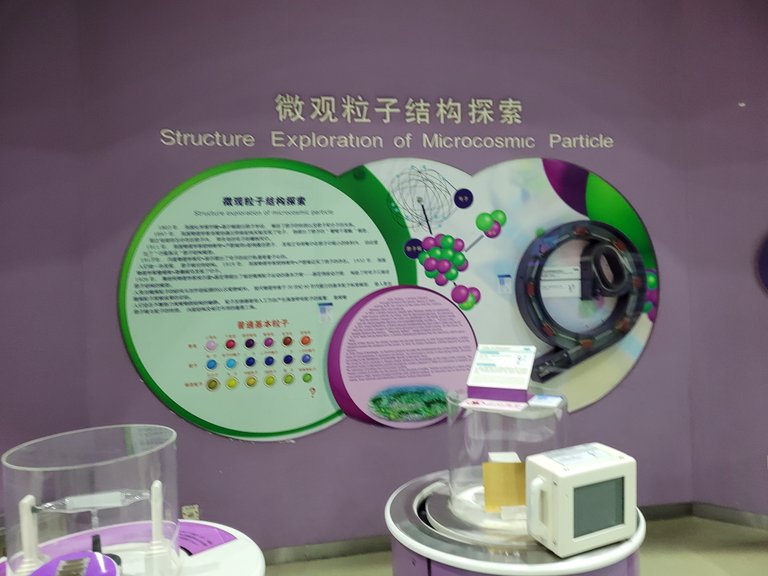
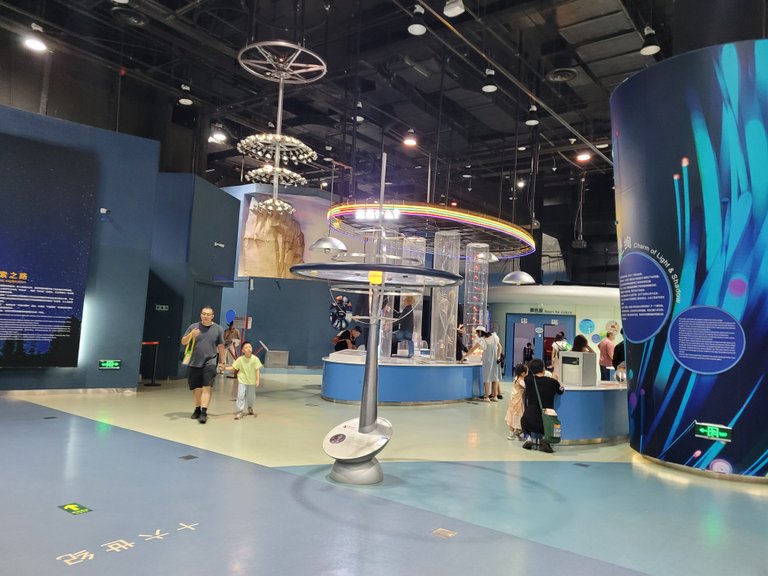
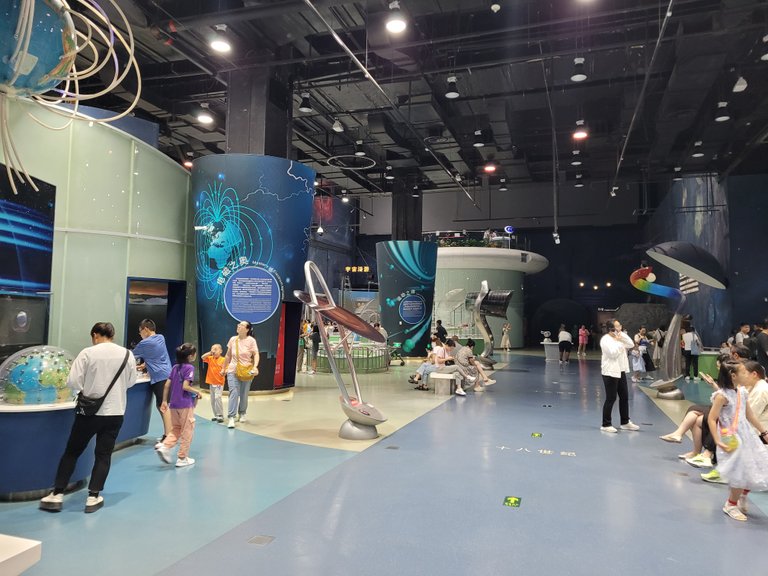
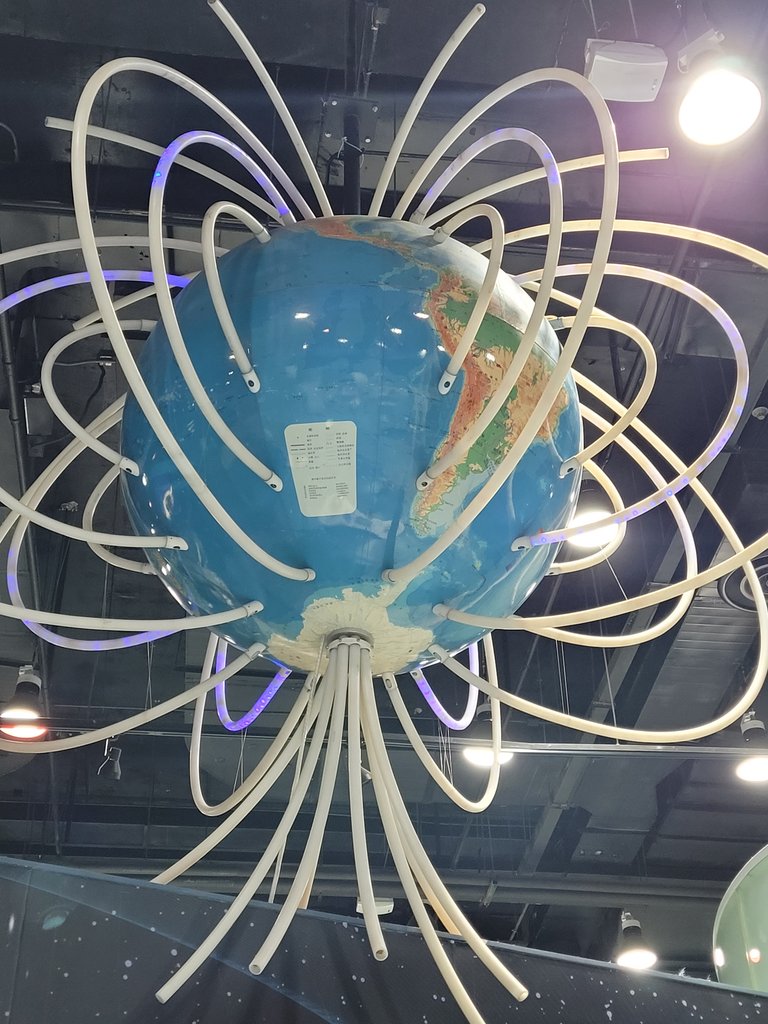
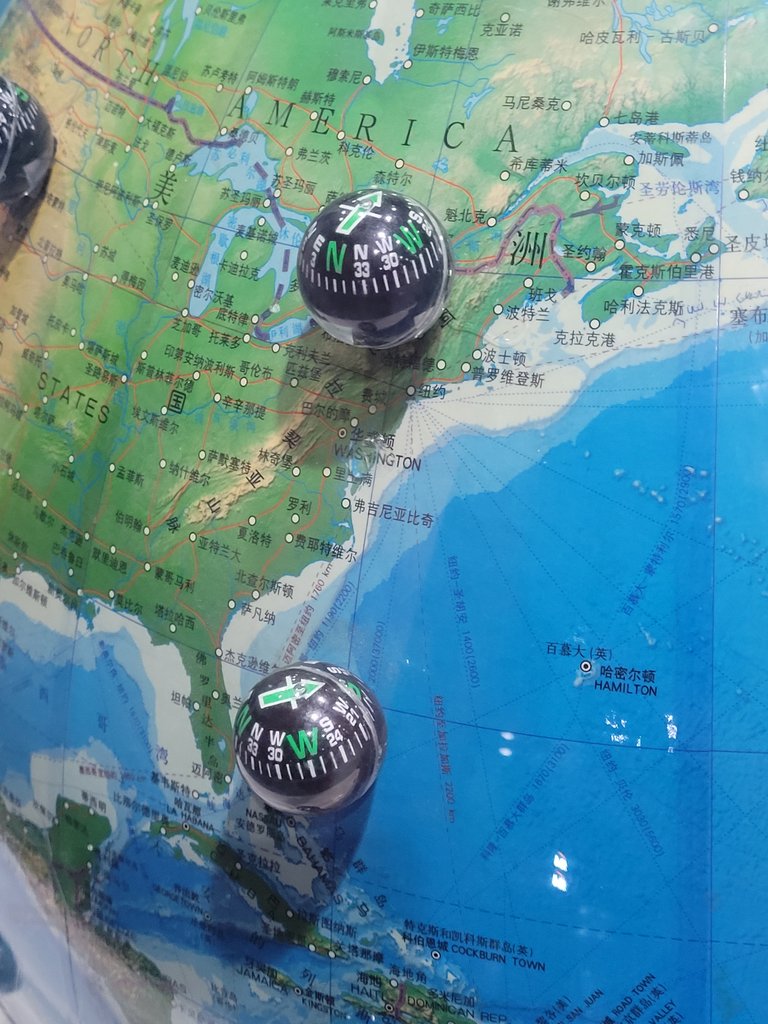
Afterlife science, I have found the physical science section with almost all the common physical phenomena explained with a tiny experimental setup or a solid visualization banner. There are clear demonstrations of the magnetism of the world how the magnetic lines surround the globe and how the direction is measured with the compass.
Also, some advanced technologies like the power generation by Faraday's law of electromagnetic induction are displayed with a tiny experimental set up that will help your kid to realize the complete mechanism in a broader sense. Several theories regarding optics and all other sciences are demonstrated for the kids to play with them and learn the basics.
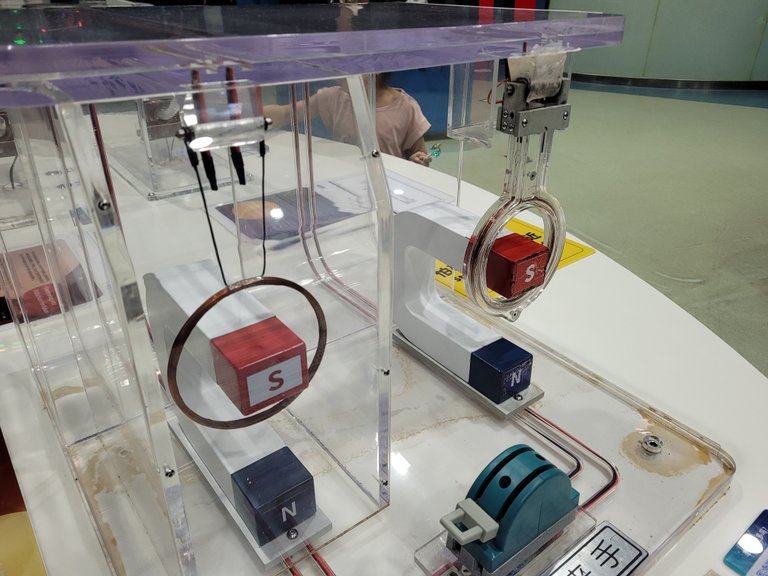
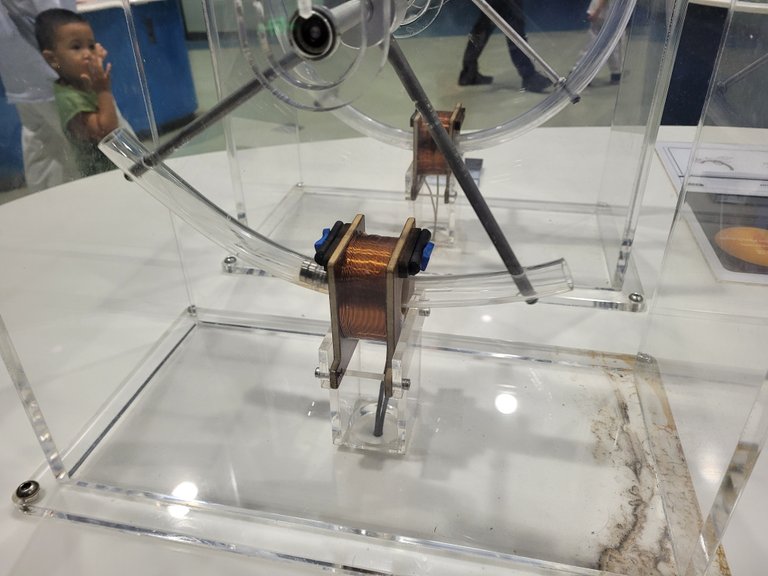
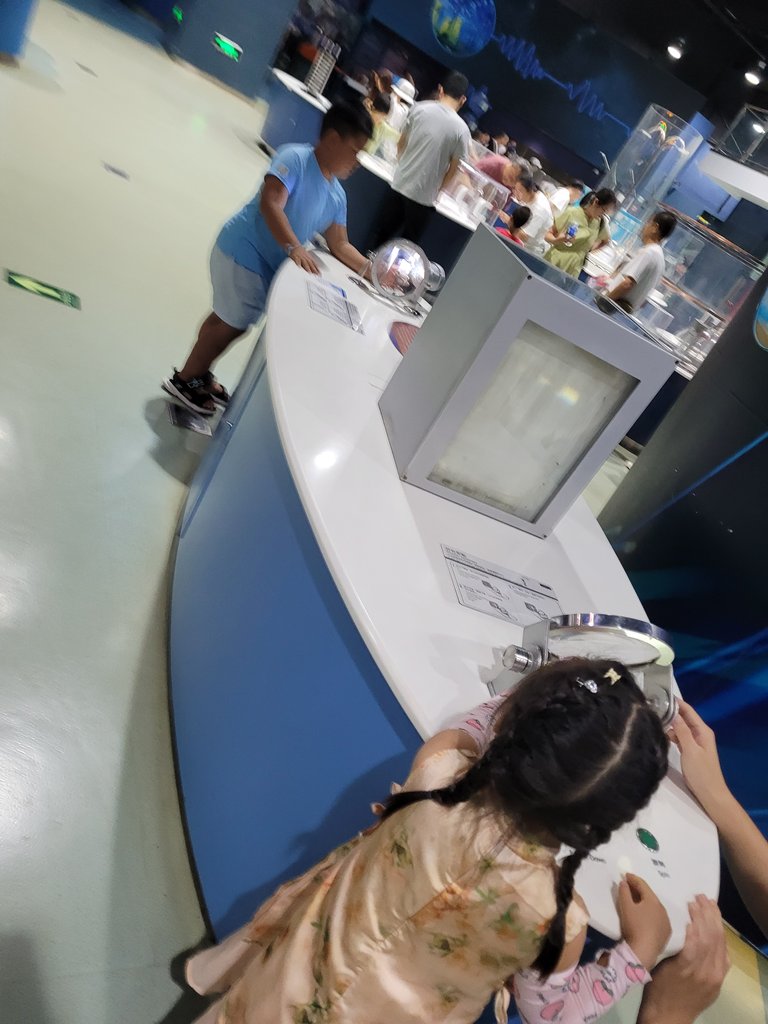

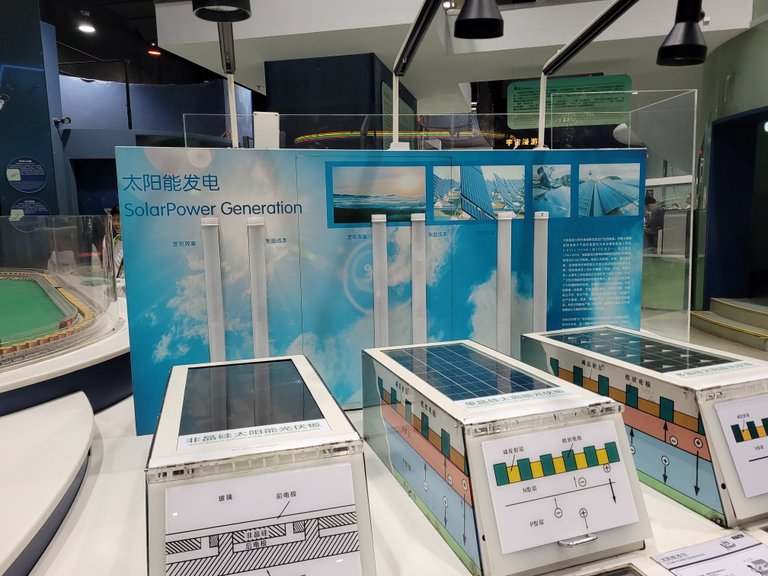
Also, I was amazed to see that the basic knowledge about the power distribution process in the country from the generation stage with higher current, transmission with higher voltages, substations components, transformer uses, everything is displayed which I have learned in my bachelor studies.
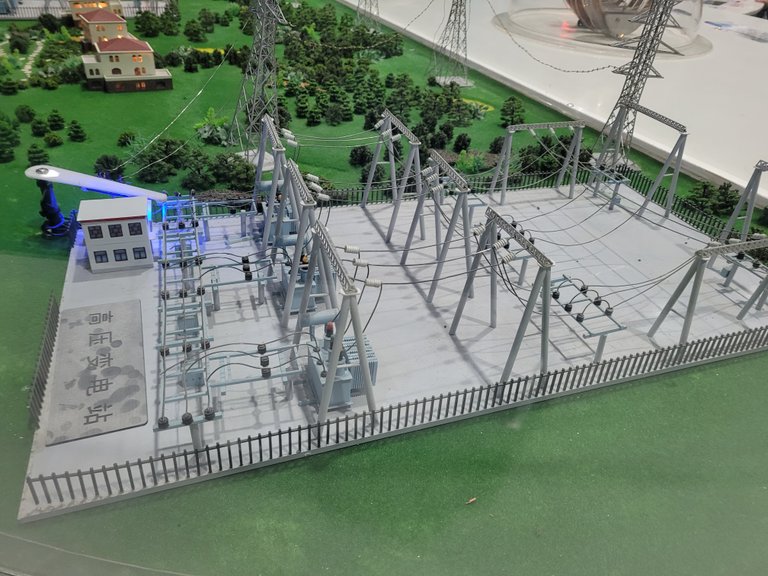
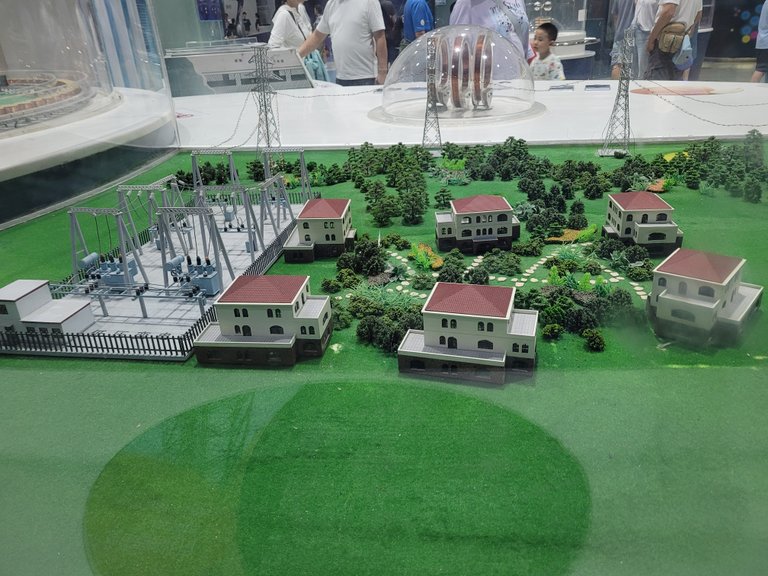
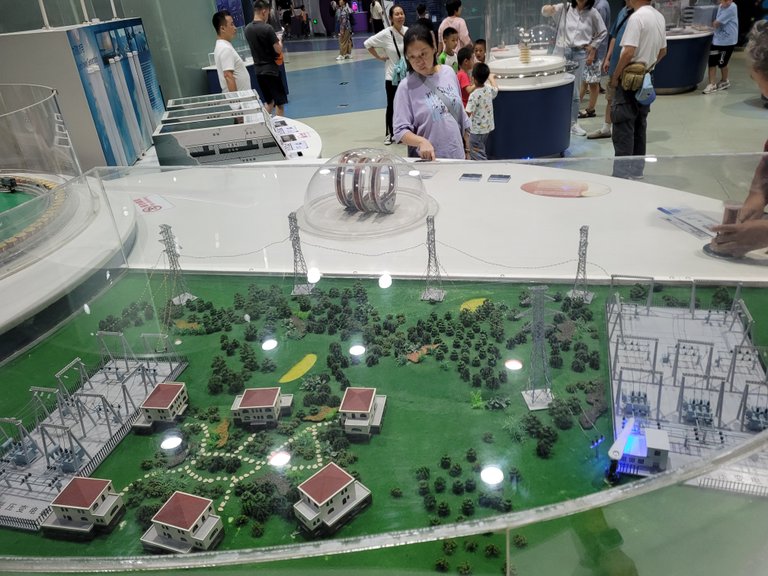
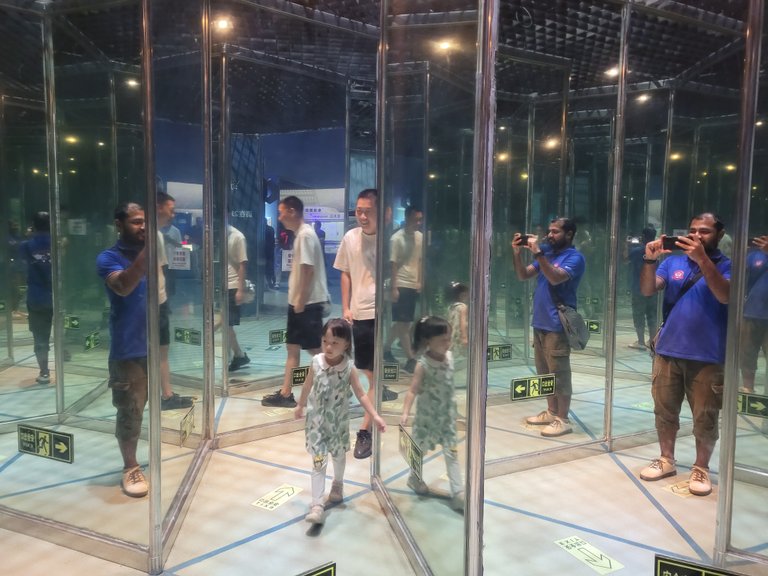
I hope you like my tour to the China Science and Technology Museum which is a great place for science seekers. I will continue my visit to the other sections of the museum in the next blog.
I hope you like my visit to such an amazing place with a lot of scientific knowledge on my weekend. It was amazing to have such tours to an amazing place like this with the history of science and lose myself away from the whole busy life! If you have any queries, let me know in the comments, and I will try my best to answer them.
Thanks a lot for your time and attention, I will catch you at the next one.
Wish you a great day!
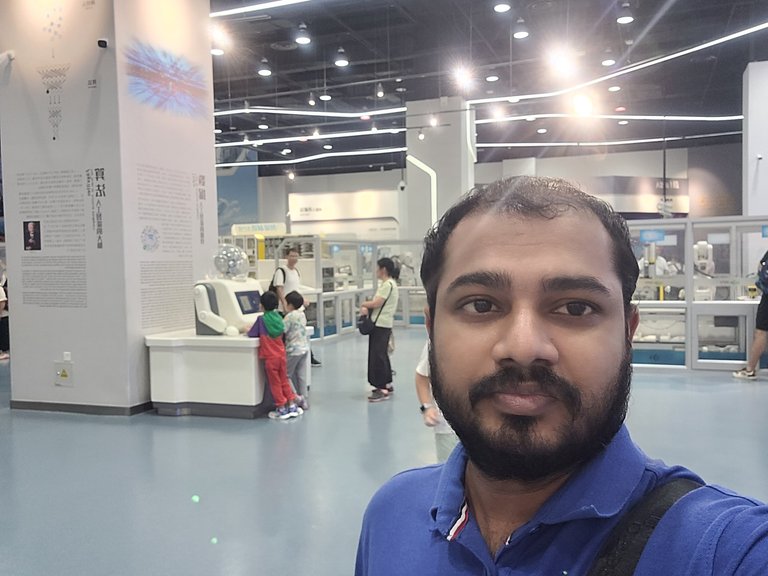
Thanks for the support!
Congratulations, your post has been added to WorldMapPin! 🎉
Did you know you have your own profile map?
And every post has their own map too!
Want to have your post on the map too?
This all shows that the civilization of ancient China or Catay was incredible sophisticated almost like any civilised nation in ancient Europe. It's certain you enjoyed the visit to the museum. Thanks for sharing the experience. Have a great day.
Yeah, though the Chinese civilization was far separated from the mainstream due to the geographical location they had a wonderful science at that time. Indeed, I enjoyed the visit and had a great experience there with science and it's development through innovations decade after decade.
Thanks for your comment.
In our country, some village people still use wooden hammer to remove husk from paddy.
Thanks for your informative comment.
Hiya, @lauramica here, just swinging by to let you know that this post made it into our Honorable Mentions in Travel Digest #2350.
Your post has been manually curated by the @worldmappin team. If you like what we're doing, please drop by to check out all the rest of today's great posts and consider supporting other authors like yourself and us so we can keep the project going!
Become part of our travel community:
asalam alaykum! Dear @tanzil2024 !
Hassan!
I find your article interesting because I know about the history and science of the East Asian world, including China!
By the way, I'm more intrigued by the fact that you spent two weeks on vacation in Bangladesh!
I am more amazed and curious about the Indian subcontinent than about China!😄
Thanks for your interest. Yeah I spent almost two weeks in Bangladesh in Dhaka city and in my hometown Kushtia. It is very hot there and I spent most of the time at home with my family.
I haven't visited India so I can't say about it's history. May be later I will post with the History of Bengal.
Thanks for your comment.
Dear @tanzil2024 !
Hassan!
I hope you don't get offended by the fact that I can't tell the difference between Bengal and India! Most East Asians consider the Indian subcontinent as one civilization! I expect you to write an interesting article about Bengal!
Don no batt!
It is partially true as the Sindh civilization emerged first from Pakistan but later the Arya civilization dominated the major p[art of India from the very beginning and what you know is about Arya civilization regarding Indian civilization. But Bengali civilization is different than these as Bengal, especially Bangladesh part was detached due to heavily forested areas and inaccessible conditions. So, our ancestors were in a dark era but some saints and Buddhist preachers came to our region and made our ancestors Muslims from the very beginning. The Buddhists were frightened by the Arya Hindus and they left the land to further eastern countries like Myanmar, Thailand, and others.
Though I am not a student of history, my knowledge is very limited but Bengal civilization was not as developed as others due to communication gaps at that time. Thanks for your comment.
Thanks for your contribution to the STEMsocial community. Feel free to join us on discord to get to know the rest of us!
Please consider delegating to the @stemsocial account (85% of the curation rewards are returned).
You may also include @stemsocial as a beneficiary of the rewards of this post to get a stronger support.